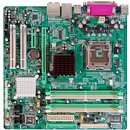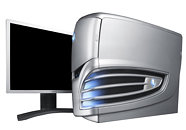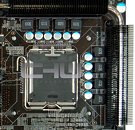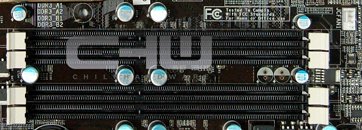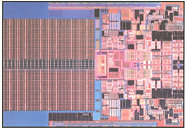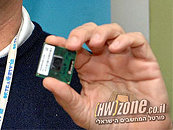
Santa Rosa Platform starts on May 9th
Intels current mobile platform Napa get's a successor named Santa Rosa at the beginning of May. It comes in two versions, the PM65 and the GM965 featuring an integrated graphics core (DirectX 9.0c, up to 256MB shared memory).
The Santa Rosa platform will come with the new pin-grid array based 'Socket P' which is keyed differently than the current Socket M. Together with the Santa Rosa Intel will introduce Socket P CPUs. These special Meroms get a higher FSB (800MHz) than their Socket M counterpart but will come with frequencies as high as 2.8GHz. Sadly this Core 2 Extreme X7900 will be released somewhat later in the second half of this year.
The Santa Rosa platform will come with the new pin-grid array based 'Socket P' which is keyed differently than the current Socket M. Together with the Santa Rosa Intel will introduce Socket P CPUs. These special Meroms get a higher FSB (800MHz) than their Socket M counterpart but will come with frequencies as high as 2.8GHz. Sadly this Core 2 Extreme X7900 will be released somewhat later in the second half of this year.




